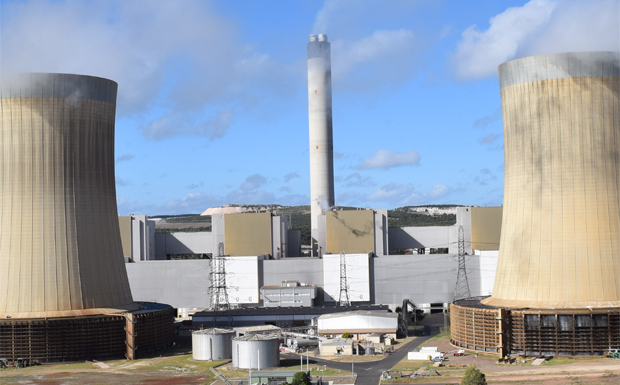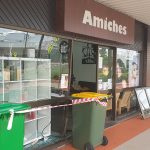
October 9, 2019
Stanwell Corporation is facing a potential PR problem at the end of this month when ownership of its low and no-emissions power stations is transferred to the new State Government-owned entity CleanCo.
The transfer, on October 31, will leave Stanwell with only coal-fired units in its power generation portfolio connected to the National Electricity Market (NEM).
Stanwell’s official pollution emissions will appear to have increased, when in fact nothing has changed at its coal-fired power stations.
In its Energy Charter Disclosure report, released recently, Stanwell admitted the transfer to CleanCo would mean its average portfolio emissions would likely become “out of step” with average NEM emissions.
At the moment, Tarong Power Station and Stanwell Power Station are listed among the top 10 emitters in the Australian electricity generation industry – as reported in the National Pollutant Inventory – for oxides of nitrogen and fine particulate matter.
“While our emissions are within allowable ranges, these rates are unfavourable to the market average,” the report states.
This comparison with the market benchmark will look even worse once the transfer to CleanCo occurs.
“We are exploring opportunities to evolve and renew our portfolio to include low and no-emission generation,” the report continued.
“We may do this in a number of ways. We may trade the output from renewable energy assets or we may purchase the electricity directly from renewable generators.
“We are also investigating co-firing with biomass at one of our coal-fired power stations. Biomass, which is considered a renewable energy fuel, provides greater dispatch control relative to other forms of renewable energy.”
The impact of more solar energy coming online is also forcing Stanwell to adapt in other ways.
“Our coal-fired power stations were designed to run at a relatively constant high level of output,” the report states.
“Today, as more solar energy comes online, there is less need for coal-fired generation in the middle of the day. However, we need to be ready to respond when demand increases in the evening.
“Over the past two years, we have been looking at how the role of our coal-fired power stations needs to change to support an increasing level of renewable generation.
“We have trialled running our power stations at low load and then ramping up our generation to meet peak demand requirements.
“We are also trialling the impact of ‘two shifting’ where a generation unit is shut down during the middle of the day and then restarted and loaded up for the evening peak.”
Stanwell said these moves were designed to put downward pressure on the cost of electricity.
Another cost-saving factor being considered is the cost of coal.
“Operational costs across the supply chain have an impact on end users’ bills … We commenced a tender process to select an organisation which will operate our Meandu Mine over coming years (this process is ongoing), with a view to realising a reduction in our cost of coal,” the report states.
“The cost of coal from Meandu Mine is approximately two-thirds of the cost of generation at the Tarong power stations.”























